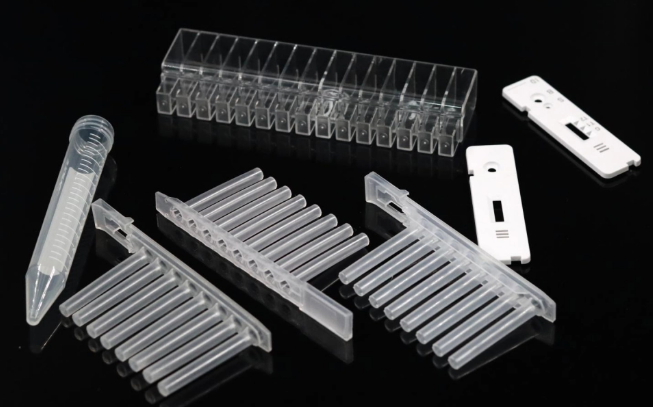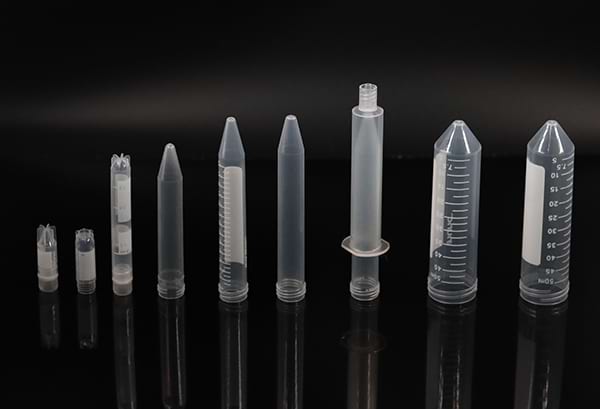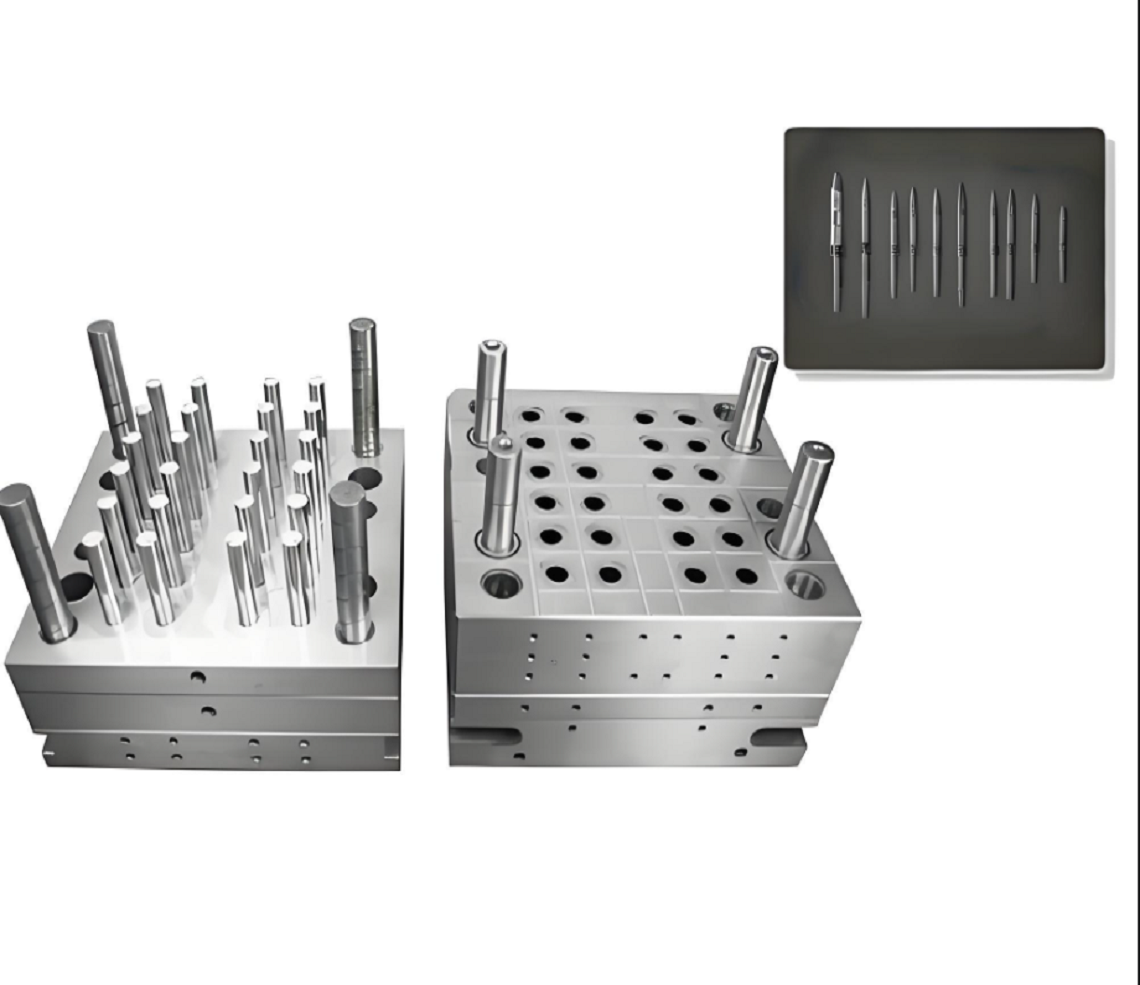Views: 0 Author: Site Editor Publish Time: 2025-05-16 Origin: Site











The life expectancy of a plastic injection mold is a critical factor in the manufacturing industry. It determines not only the cost-effectiveness of production but also the quality and consistency of the molded parts. Understanding the factors that influence the lifespan of a mold can help manufacturers optimize their processes and extend the useful life of their equipment. In industries where precision and reliability are paramount, such as in the production of Plastic Syringe Mould, maximizing mold life is essential.

Several factors influence the life expectancy of a plastic injection mold manufacturer. These include the type of material used, the design and complexity of the mold, the precision of manufacturing, maintenance practices, and the operating conditions under which the mold is used. Each of these factors can significantly impact the number of cycles a mold can perform before it requires refurbishment or replacement.
The materials used in constructing the mold play a crucial role in its durability. Common materials include tool steels like P20, H13, and stainless steels, each offering different hardness levels and resistance to wear and corrosion. For instance, molds made from hardened steel are more durable and can withstand higher production volumes compared to those made from aluminum or softer steels.
Complex mold designs with intricate features or multiple moving parts are more susceptible to wear and tear. The precision required in producing components like medical devices demands molds that can maintain tight tolerances over numerous cycles. Optimizing the mold design for manufacturing efficiency can extend its lifespan by reducing stress concentrations and improving cooling efficiency.
The precision with which a mold is manufactured affects its performance and longevity. Advanced machining techniques, such as CNC machining and EDM (Electrical Discharge Machining), enable the production of molds with high precision. Investing in quality manufacturing processes reduces the likelihood of defects that can shorten mold life.

Proper maintenance is vital to extend the life of a plastic injection mold. Regular inspections, cleaning, and preventive maintenance can identify wear at early stages and prevent severe damage. Additionally, operating practices such as controlling injection pressures, temperatures, and cycle times play a significant role in reducing mold wear.
Implementing a preventive maintenance schedule ensures that molds are serviced at regular intervals. This includes lubricating moving parts, tightening components, and replacing worn elements. Such strategies not only extend mold life but also enhance product quality and consistency.
Well-trained operators are less likely to cause accidental damage to molds. Training programs that emphasize proper machine setup, parameter monitoring, and handling procedures contribute to the longevity of the molds. This is particularly important in high-precision applications like the production of medical components.
The type of plastic material being molded can affect the wear on the mold. Abrasive materials or those requiring higher processing temperatures can accelerate wear. For example, glass-filled polymers are more abrasive and can significantly reduce mold life if not properly managed.
Thermoplastics generally process at lower temperatures and pressures compared to thermosetting plastics. Molding thermosets may require molds that can withstand higher temperatures and have special coatings to resist thermal degradation. Selecting the appropriate mold material and surface treatments is essential when working with these plastics.
Additives such as flame retardants, UV stabilizers, and colorants can also impact mold wear. Fillers like glass fibers increase the abrasive nature of the plastic melt. Molds must be designed and treated to handle these additives to maintain their longevity.
Estimating the life expectancy of a plastic injection mold involves considering all the factors discussed. Generally, molds are classified based on their expected life cycles:
These are premium molds built for high production runs exceeding one million cycles. They are made from high-quality materials with hardened steel cavities and cores. Class 101 molds are used when part quality and consistency are critical over large volumes.
Class 102 molds are medium to high production molds suitable for under one million cycles. Class 103 molds are for low to medium production runs up to 500,000 cycles. The choice between these classes depends on production requirements and budget considerations.
Class 104 molds are for low production runs, typically under 100,000 cycles, and are often made from lower-grade materials. Class 105 molds are prototype molds built for fewer than 500 cycles. These molds are used for product development and testing purposes.
Manufacturers can take several steps to enhance the longevity of their molds. These include investing in high-quality materials, optimizing mold designs, implementing rigorous maintenance schedules, and training personnel effectively. Additionally, working with experienced mold makers can provide valuable insights into extending mold life.
Applying surface treatments such as nitriding, titanium nitride coating, or chrome plating can enhance mold hardness and resistance to wear and corrosion. These treatments are especially beneficial when molding abrasive plastics or operating under harsh conditions.
Efficient cooling systems reduce cycle times and thermal stress on the mold. Using conformal cooling channels created through additive manufacturing techniques can provide uniform cooling, reducing the potential for hot spots and extending mold life.
Examining real-world examples can provide valuable lessons in maximizing mold life. For instance, a manufacturer producing high-precision Plastic Syringe Mould components implemented a comprehensive maintenance program that extended mold life by 30%. By utilizing high-grade steels and advanced surface coatings, they reduced wear and maintained tight tolerances over extended production runs.
An automotive parts supplier faced frequent mold failures due to the abrasive nature of glass-filled nylon. By switching to molds with hardened steel inserts and applying wear-resistant coatings, they increased mold life from 200,000 to 800,000 cycles, significantly reducing downtime and costs.
The initial investment in a mold is substantial, but spreading this cost over the mold's life cycle can make high-quality molds more economical in the long run. Calculating the cost per part produced helps in understanding the return on investment. Longer-lasting molds reduce the cost per part and improve profitability.
Investing in higher-quality molds may increase upfront costs but can lead to savings through reduced maintenance, fewer production stoppages, and lower defect rates. A cost-benefit analysis should consider all these factors to make informed decisions about mold investments.

Advancements in mold-making technology, such as the use of simulation software and high-precision machining, have improved mold longevity. Simulation tools can predict wear patterns and optimize designs before manufacturing begins. Additionally, adopting industry 4.0 practices enables real-time monitoring of mold performance.
Additive manufacturing allows for the creation of complex cooling channels and conformal geometries that were previously unattainable. These features enhance cooling efficiency and reduce thermal stresses, contributing to extended mold life.
The life expectancy of a plastic injection mold is influenced by a multitude of factors, including material selection, mold design, manufacturing precision, maintenance practices, and operating conditions. By understanding and optimizing these variables, manufacturers can significantly extend the life of their molds, ensuring consistent product quality and reducing operational costs. In high-stakes industries, particularly in the production of Plastic Syringe Mould components, maximizing mold life is not just an economic necessity but a critical component of delivering reliable and safe products.
